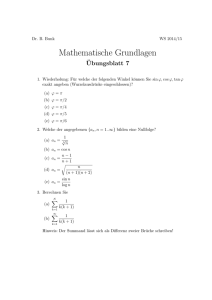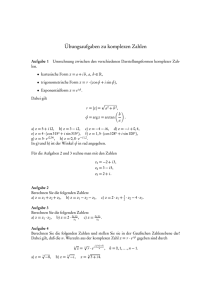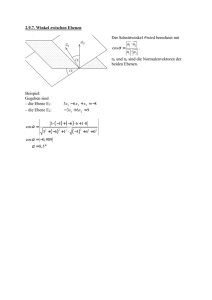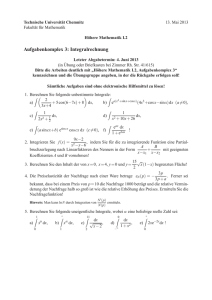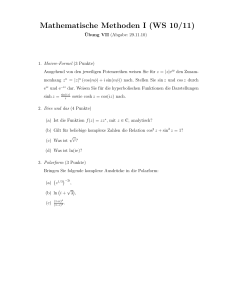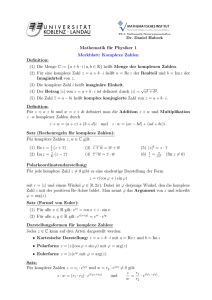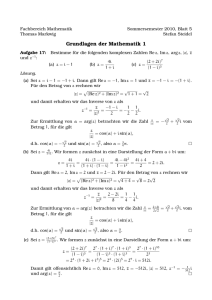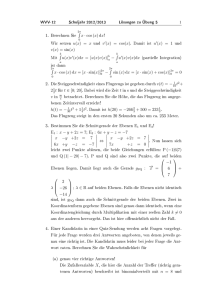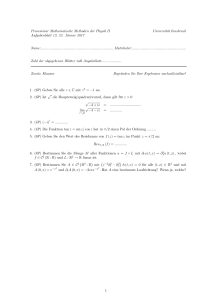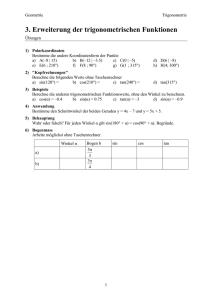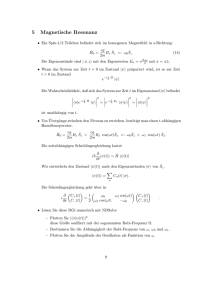Differentiationsregeln 01 – Lösungen der Aufgaben zur Kettenregel
Werbung
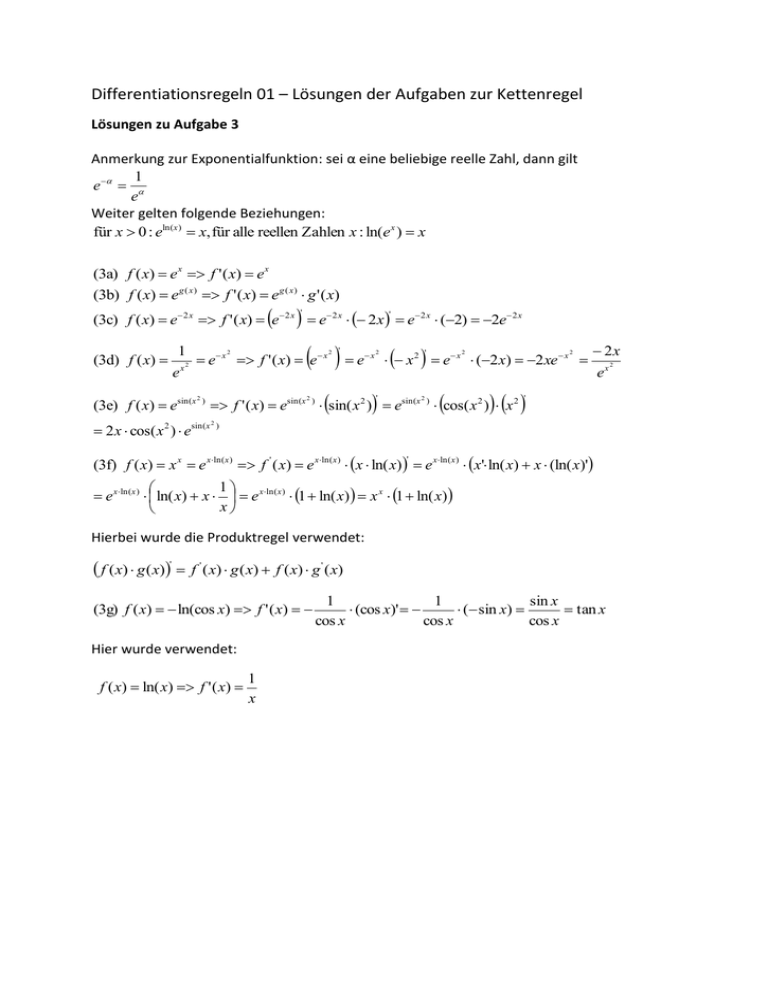
Differentiationsregeln 01 – Lösungen der Aufgaben zur Kettenregel Lösungen zu Aufgabe 3 Anmerkung zur Exponentialfunktion: sei α eine beliebige reelle Zahl, dann gilt 1 e e Weiter gelten folgende Beziehungen: für x 0 : eln(x ) x, für alle reellen Zahlen x : ln(e x ) x (3a) f ( x) e x f ' ( x) e x (3b) f ( x) e g ( x ) f ' ( x) e g ( x ) g ' ( x) (3c) f ( x) e 2 x f ' ( x) e 2 x e 2 x 2 x e 2 x (2) 2e 2 x ' (3d) f ( x) 1 e x 2 ' e x e e x f ' ( x) e x 2 2 ' 2 ' x2 ' x2 (2 x) 2 xe x 2 2 x cos( x 2 ) esin(x 2 2 2 ex (3e) f ( x) esin(x ) f ' ( x) esin(x ) sin( x 2 ) esin(x ) cos( x 2 ) x 2 2 2x ' ) (3f) f ( x) x x e xln(x ) f ' ( x) e xln(x ) x ln( x) e xln(x ) x' ln( x) x (ln( x)' ' 1 e xln(x ) ln( x) x e xln(x ) 1 ln( x) x x 1 ln( x) x Hierbei wurde die Produktregel verwendet: f ( x) g ( x)' f ' ( x) g ( x) f ( x) g ' ( x) (3g) f ( x) ln(cos x) f ' ( x) Hier wurde verwendet: f ( x) ln( x) f ' ( x) 1 x 1 1 sin x (cos x)' ( sin x) tan x cos x cos x cos x 2
